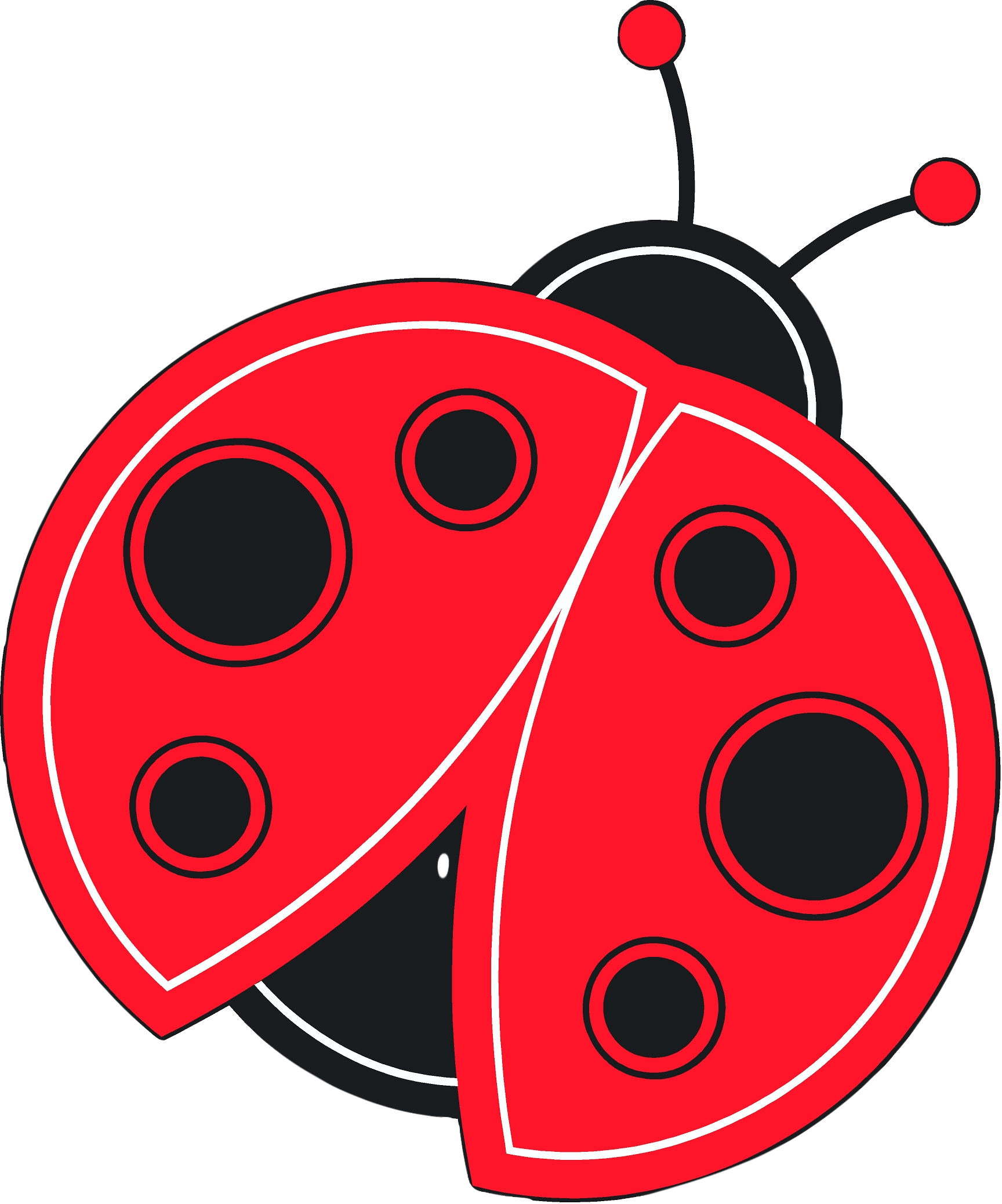Insects Season is Upon us
- ladybugarborists
- May 31, 2013
- 2 min read
Maureen Sexsmith-West
Honey bee hard at work
ISA Certified Arborist, PR4600A
Over the past week, the newest season of insects have arrived with huge appetites. Only about a half inch long at this point, their rapid transformation from egg to pupa involves continuous feeding. Identification in the early stages allows for an action plan that can greatly reduce their impact.
Each tree has a range of insects that utilize new foliage as a food source. Having studied these critters and their feeding patterns for years, we have the full understanding of what is serious and what is not. Some pests, can result in significant foliar damage. Depending upon the season, the tree may be able to reproduce another set of leaves. This takes a great deal of energy and can set your tree’s ‘bank account’ into the red.
When it comes to decision of what to do with insects in your trees, it is necessary to understand the type of damage they do and what consequence this can have for your trees/shrubs. Some create ‘aesthetic’ damage, others can result in tree mortality.
Prevention is always the best medicine. Good Cultural Practices should always be your first line of defence. This includes regular deep watering and routine pruning. These two things go a long way to prevent the pheromone releases that attract pests to a stressed tree.
Keep in mind that stinging insects are also busy – check for hives or wasp nests before working in or around trees. Junipers seem to have a special attraction for wasps.
Types of damage to watch for:
Piercing & Sucking Insects:
Characterized by curling leaves or changes in leaf or needle colour. They can be free moving or carefully protected inside a curled leaf like shown hear. Others have a ‘shell’ to protection them. Control methods vary depending on the pest. Sometimes includes a ‘dripping’ appearance from the tree.
Leaf Rollers:
There a numerous species of insects that protect themselves from predators and pesticides by rolling (or folding the leaf).
Galls: In many cases, these cause more aesthetic issues than a health one. Knowing the difference is the first step to your plan of action. Galls are deformities to the leaf, flowers or twigs.

Defoliators – Leaf Chewers:
Simply put, your leaves or needles start disappearing or are full of holes.
Some beneficial insects cut out and use leaf matter to build nests so it is important to get advise from someone who knows the difference.
Digested food can sometimes resembles poppy seeds on your deck.
Picture a bit blurry, but look for silken nests on twigs.

Skeletonizers – Leaf Miners
Leaves will have irregular transparent sections.

Wood Boring Insects
Can be very damaging. The majority of their life cycle is spent under the protection of the bark. ‘Woodpeckers’ drilling holes into your tree are likely seeking out larvae to feed upon. Wood borers come in all sizes. Some as small a pen tip and others 5 cm long. Some species take 2-3 years channelling under the bark to mature.




